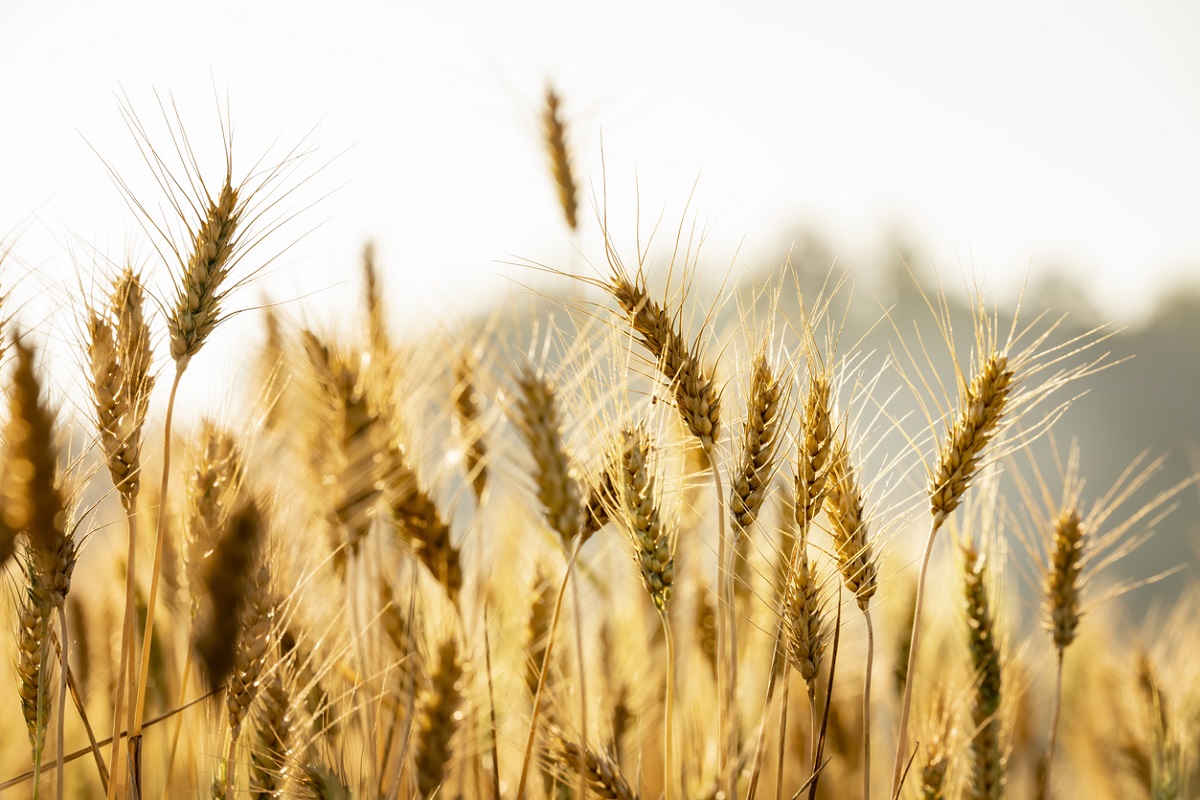
Gene Recombination Region Sizes Affect Crop Performance of Rye
August 3, 2022| |
By exploring the genetic population of almost 1,000 wild and domesticated species of rye, German scientists were able to identify recombining regions of the crop, which enabled them to explain why cultivated rye is less resistant to stresses brought by climate change than its wild species.
Their study investigated how the genetic material within a plant mixes along a chromosome during cell division in the recombining regions. The larger the recombination landscape, the more flexible the recombination can be. Further analyses allowed the reconstruction of the distribution of rye and traced the relationship network among species from Asia to Central Europe. The scientists found that the wider the distance between the individual locations, the greater the differences in the recombination landscape of the plants.
The scientists found that cultivated rye had significantly smaller recombining regions, which can be advantageous for cultivated plants because it can enhance their desirable properties. But wild rye has larger recombining regions and thus has more genetic flexibility. This helps the wild species react better to disturbances in the environment brought by climate change. Furthermore, the scientists were able to identify a gene region that seems to play a major role in the flexibility of the genetic material.
These findings can help more scientists understand better how recombining regions affect the exchange of genetic material in crops and could help support further research to achieve more homogeneous populations of crops for agricultural use.
Learn more from the news release and research article.
| |
You might also like:
- International Research Team Releases Rye Genome Sequence
- Limited and Controlled Release of Perennial Rye Grass and Tall Fescue
- Scientists Discover Gene Controlling Multi-Herbicide Resistance
Biotech Updates is a weekly newsletter of ISAAA, a not-for-profit organization. It is distributed for free to over 22,000 subscribers worldwide to inform them about the key developments in biosciences, especially in biotechnology. Your support will help us in our mission to feed the world with knowledge. You can help by donating as little as $10.
-
See more articles:
-
News from Around the World
- AI Tool Predicts Shape of ~200 Million Proteins
- Socio-economic Impact Assessment Complements Risk Assessment of Gene Drive Organisms, According to Experts
- Ghana Approves Bt Cowpea for Environmental and Market Release
- Texas A&M AgriLife Uses Corn Breeding and Entomology to Address Crop's Major Challenges
- Mechanism for Fruit and Seed Development in Flowering Plants Now Identified
- Researchers Identify Three Genes Involved in Melon Ripening
- Long-term Study Shows Agri-environment Schemes Boost Wildlife Populations
-
Research Highlights
- Plants Reveal Metabolism and Circadian Functions With the Help of Drugs
- Gene Recombination Region Sizes Affect Crop Performance of Rye
-
Plant
- Workshop to Explore Policy Considerations for Gene Editing in Asia and Australia
- Chinese Team Finds New Ways to Enhance Wheat Yield
-
Health
- CRISPR Helped to Successfully Prevent and Treat COVID-19 Infections
-
Read the latest: - Biotech Updates (December 17, 2025)
- Gene Editing Supplement (December 17, 2025)
- Gene Drive Supplement (February 22, 2023)
-
Subscribe to BU: - Share
- Tweet

